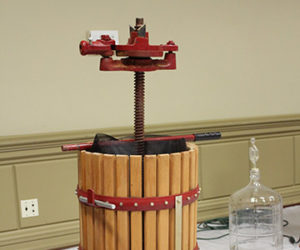Properly sealing up your wine is the last great task at hand before laying down bottles. Making informed decisions on what size and type of cork suits your needs best and using the right tool can make a world of difference in its ageability. In the April-May 2020 issue of “Beginner’s Block” we covered the various closure options that are available to most winemakers and special considerations for each. This issue we look at cork sizing and the various corking tools available to you.
Cork Sizing
Choosing what size cork you purchase depends on several factors . . . but there are some standard sizes. Corks will vary in both their length and diameter. While length is measured in standard units such as inches/millimeters, diameter is measured by an assigned number. Generally #9-width corks are recommended for natural wine corks and colmated for the best seal. This cork size can also be used for synthetics, but this size is not recommended for anyone using a hand corker. For the less compressible corks such as agglomerate and bi-discs, #8-width corks can be utilized, but make sure you are using a corker with good torque and long-term aging is not recommended. #7 corks are generally not recommended for wine storage in normal wine bottles, but some smaller-neck bottles may require this size.
Cork length also plays a role and one that needs to be considered, along with cork type, when deciding how long you plan to age the wine. Longer corks generally mean less oxygen diffusion from the outside world into the wine and are therefore better suited for longer-term aging. Corks that are 1¾-in. (45-mm) long are the industry standard, with shorter corks meant for wines that are meant to drink very young, and longer corks for wines meant for long-term aging. For more on aging and the cork types, see winemakermag.com/article/corks-closures.
Corking Tools
Now that we’ve got our base understanding of the various corks that can be used, the tool that is utilized to compress and fit the cork into the bottle can make bottling day a lot easier. The elasticity (how much it will compress then re-expand) of the cork you choose should be highly dependent upon what type of corker you are utilizing.
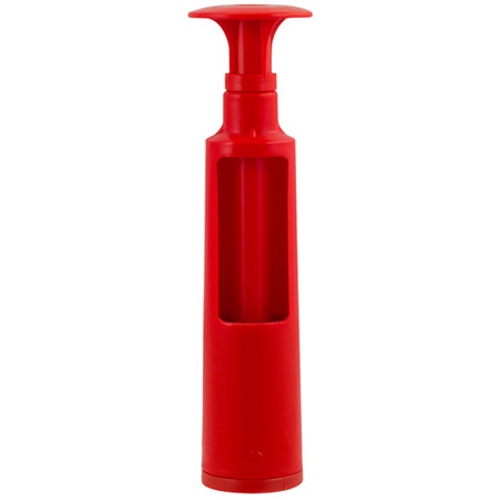
Hand (or plunger-type) corkers are the most affordable for hobbyists, but only natural wine corks should be used with these types of corkers and I definitely wouldn’t recommend them if you’re bottling more than about 5 gal. (19 L) of wine. Natural corks with chamfered ends make it a bit easier but a lot of effort is still required.
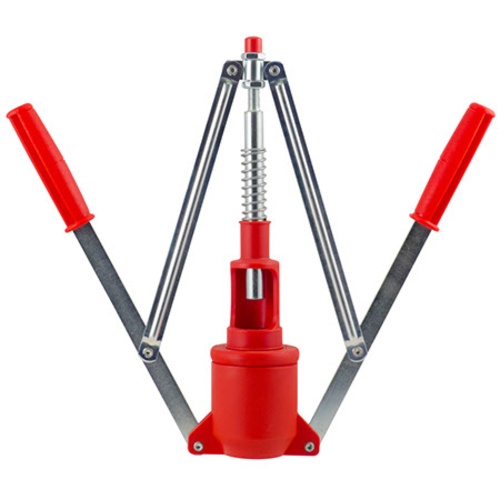
Winged hand corkers provide more torque to compress the cork into the bottle and allow users to expand their field of corks into agglomerate, bi-discs, and compressible synthetics.
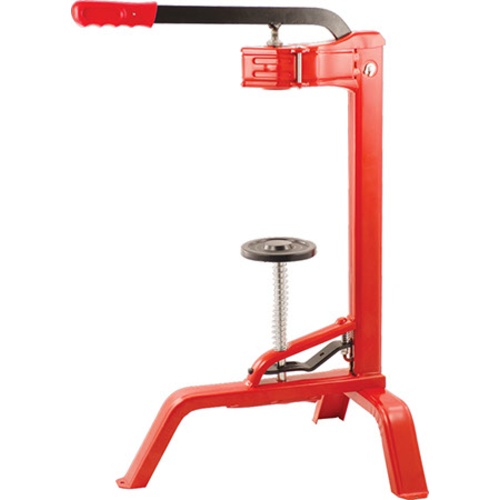
Tabletop and floor corkers are the next level up on the price scale. Both allow for even more torque and less effort on bottling day. The floor corkers are the largest and provide the most torque for hobby winemakers. Both types are available with either plastic jaws or metal jaws to compress the cork evenly. The metal jaws are not recommended for use with synthetic corks as permanent crimps can develop in the cork and the wine won’t properly seal.
Finally, you may often hear the terms Portuguese corkers and Italian corkers. Generally speaking, the Italian models come equipped with the metal jaws while the Portuguese come with the plastic jaws. Most hobbyists view the Italian floor corker as the “Ferrari” of corkers among enthusiasts. With metal jaws and a long handle, it can easily compress just about any cork type, though some may balk at the price tag. One other consideration is that the typical Portuguese corker has the cross leg of the T-shaped base bolted on, while many Italian corkers have a welded T base. No difference in use, but shipping cost and storage considerations favor the flat-packable Portuguese corker.
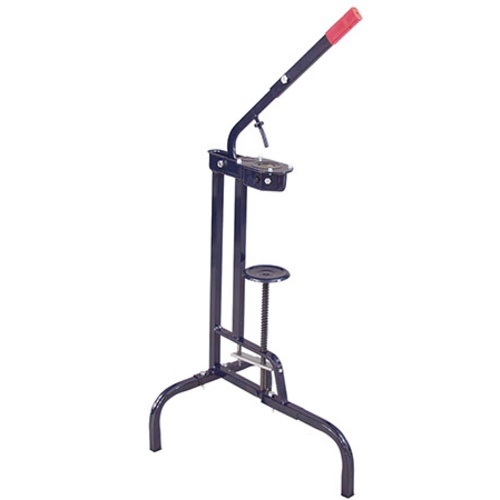
Upgrading your corker should be one of the first investments you make in the hobby. Having the precision and ease-of-use of a table or floor corker can make bottling day easier and can also save you money in the long run, as well as stress and frustration.
So when you go to purchase corks for your next batch, make sure that you are matching the cork size and type to your bottling corker’s capabilities. Because when you have a smooth bottling day, life is good!


